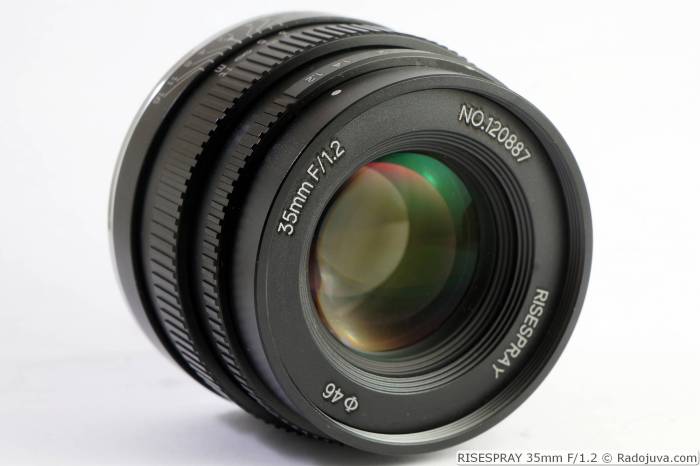Round to the nearest tenth: 1.15 – Rounding to the nearest tenth, as exemplified by the number 1.15, is a fundamental mathematical operation with widespread applications in various fields. Understanding the rules and implications of rounding is crucial for accurate calculations and effective problem-solving.
This guide delves into the concept of rounding to the nearest tenth, providing clear explanations, illustrative examples, and practical insights into its significance in real-world scenarios.
Rounding Numbers to the Nearest Tenth: Round To The Nearest Tenth: 1.15

Rounding numbers is a mathematical technique used to simplify and estimate numerical values. Rounding to the nearest tenth involves adjusting a number to the closest multiple of 0.1.
General Rounding Rules
- If the digit in the tenths place is 5 or greater, round up the number.
- If the digit in the tenths place is less than 5, round down the number.
Rounding 1.15 to the Nearest Tenth
Using the rounding rules, we round 1.15 to the nearest tenth as follows:
- The digit in the tenths place is 5.
- Since 5 is greater than or equal to 5, we round up the number.
- Therefore, 1.15 rounded to the nearest tenth is 1.2.
Impact of Rounding
Rounding numbers can have various impacts depending on the context:
- Precision:Rounding can reduce precision by simplifying numbers.
- Estimation:Rounding can be used to estimate values when exact numbers are not available.
- Accuracy:Rounding can affect accuracy in calculations, especially when dealing with large numbers.
Alternative Rounding Methods, Round to the nearest tenth: 1.15
Alternative rounding methods include:
- Truncation:Discarding all digits after the specified decimal place.
- Ceiling:Rounding up to the nearest integer greater than or equal to the original number.
- Floor:Rounding down to the nearest integer less than or equal to the original number.
Applications in Real-World Scenarios
Rounding to the nearest tenth is used in various real-world applications, such as:
- Financial calculations:Estimating interest rates, loan payments, and account balances.
- Measurement:Rounding measurements to a convenient level of precision for practical purposes.
- Data analysis:Simplifying and summarizing data for easier interpretation.
FAQ Guide
What is the general rule for rounding to the nearest tenth?
If the hundredth digit is 5 or greater, round up the tenth digit by one. If the hundredth digit is less than 5, leave the tenth digit unchanged.
Why is it important to round to the nearest tenth in certain situations?
Rounding to the nearest tenth can simplify calculations, improve accuracy, and enhance data presentation by eliminating unnecessary precision.

